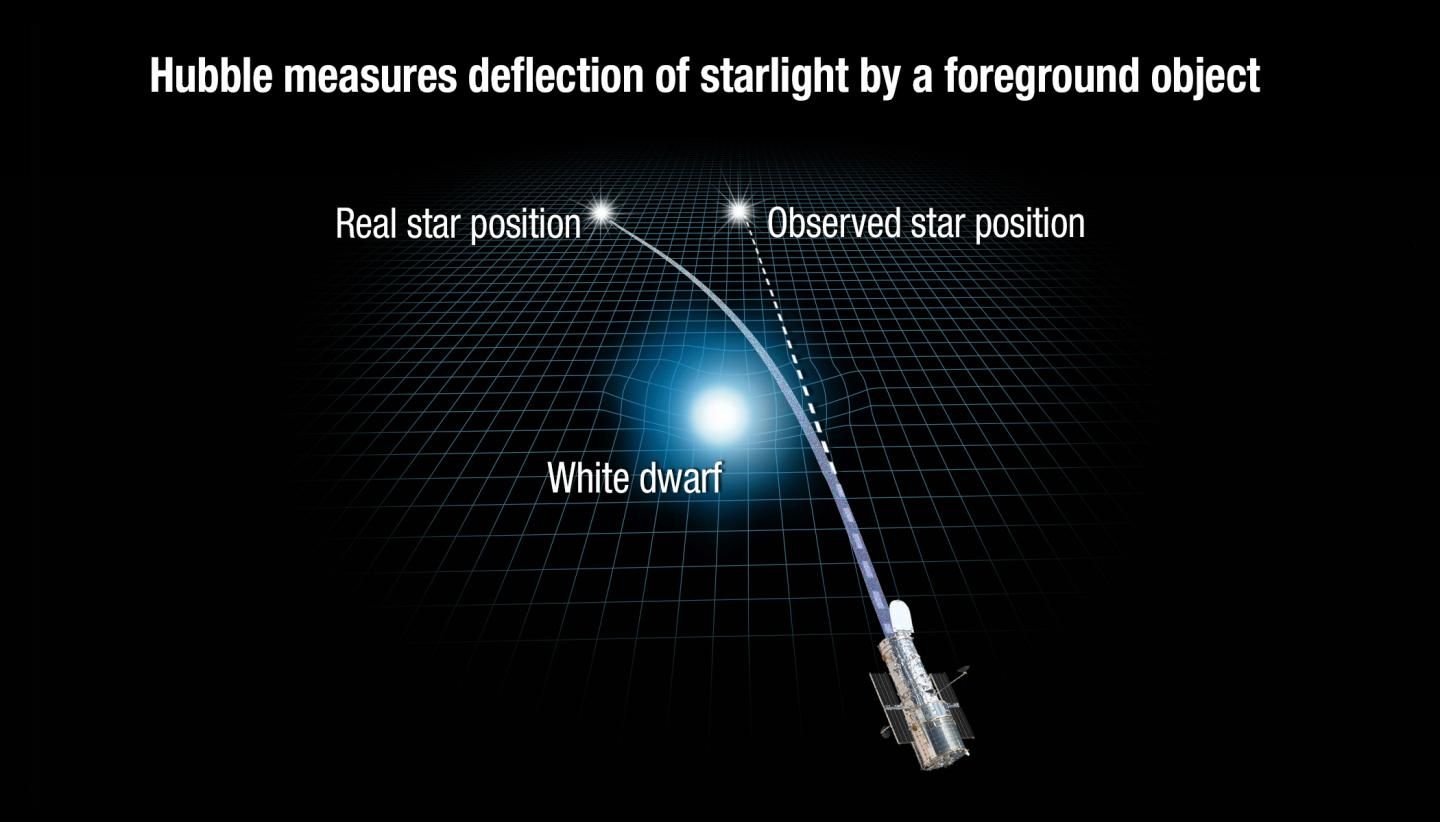
Updated | Albert Einstein published his theory of relativity in 1915, following several preliminary papers. The proposition was a breakthrough for our conception of space and time. The theory said that the speed of light in a vacuum is unaffected by the motion of all observers and that the laws of physics are the same for all observers not moving or accelerating.
The theory was a huge breakthrough for our conception of space and time. It allowed for the prediction of black holes and the behavior of planets in orbit. So much of how we think about the universe is governed by this theory. It tells us that when we try to measure how fast something is moving, that speed can be determined only in relation to another object's speed. But the speed of light is different: It stays the same no matter how fast you are moving when you measure it. And—the bane of would-be star travelers—nothing can travel faster than the speed of light.
The rules behind this theory led to some interesting conclusions. Notably, Einstein predicted that the light from one star would be bent by the gravity of another star, and that if we could see this happening, we could measure the mass of the star with bent light. But Einstein didn't think the calculation could actually be made. In 1936, he wrote, "There is no hope of observing this phenomenon directly."
Now that impossible hope has been achieved. Several researchers, including renowned astrophysicist Mario Livio, have just measured the mass of a nearby white dwarf star using background starlight. The report, published in Science, is a major breakthrough for physics and confirmation of a prediction made more than 100 years ago.
Kailash Chandra Sahu, an astronomer with the Space Telescope Science Institute, and colleagues used the Hubble Space Telescope to search among more than 5,000 stars for a precise and slight asymmetric alignment between two stars. This alignment, the researchers knew, would result in what is known as an "asymmetrical Einstein ring." In an Einstein ring, a circle of light forms by one star passing in front of another from our vantage point. An asymmetrical Einstein ring occurs when these two stars are just offset. That arrangement, if they could find it, would allow them to determine the mass of the star in front.
Finding it was the problem. Astronomers have found partial rings but never a perfectly formed one and never the exact asymmetry needed to calculate a star's mass. "It was like measuring the motion of a little firefly across the surface of a U.S. quarter and in front of a light bulb, seen from 1,500 miles away," Sahu said at a news conference.
But Sahu and his colleagues managed to take advantage of the excellent angular resolution of the Hubble Space Telescope to search for the exact alignment they were seeking. White dwarf Stein 2051B (the sixth-nearest white dwarf to our sun), they realized, would be in just that position in March 2014. They aimed the telescope, measured tiny shifts in the position of the star behind their target and were able to calculate its mass: about 68 percent that of our sun.
This new calculation paves the way for understanding how white dwarf stars form. "The single most important thing for the star is its mass," said Sahu. "If we know the mass, we know what its radius will be, how long it will live, what will happen after it dies. Everything depends on the mass of a star."
In an editorial accompanying the publication, Terry Oswalt, an astronomer with Embry-Riddle Aeronautical University, said the research provides a new tool for determining the mass of objects that can't otherwise be measured readily. "This new tool," said Oswalt, "will be very valuable as huge new surveys uncover many other chance alignments over the next few years."
To be clear, the researchers calculated the mass of the star, not its weight. (Because weight is a more familiar term, Newsweek has used it in the title of this story.) Weight refers to how much force the gravity of one object pulls on another. Mass measures the amount of matter an object contains and is fixed. On the moon, a human would weigh one-sixth of what he or she weighs on Earth, although the mass would stay the same. On Stein 2051 B, that person would weigh 100,000 times more, says Oswalt.
Because most stars that have ever existed in the galaxy are destined to become white dwarfs, the potential implications of the advancement are hard to overestimate. So is the pleasure among scientists at confirming this century-old prediction by a hero of modern physics. As Oswalt put it, "Einstein would be very proud."
This story has been updated with comments from Terry Oswalt, and the year in which Albert Einstein published the theory of relativity has been corrected to 1915. In addition, usage of the terms "mass" and "weight" have been clarified.
Uncommon Knowledge
Newsweek is committed to challenging conventional wisdom and finding connections in the search for common ground.
Newsweek is committed to challenging conventional wisdom and finding connections in the search for common ground.
About the writer
Jessica Wapner is the science editor for Newsweek. She works with a talented team of journalists who tackle the full spectrum ... Read more
To read how Newsweek uses AI as a newsroom tool, Click here.








